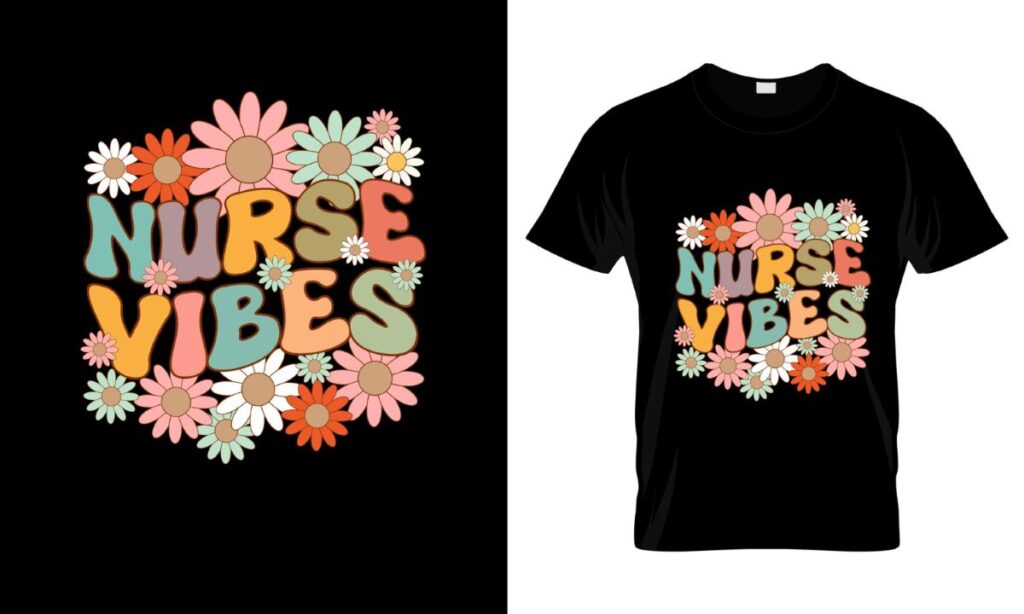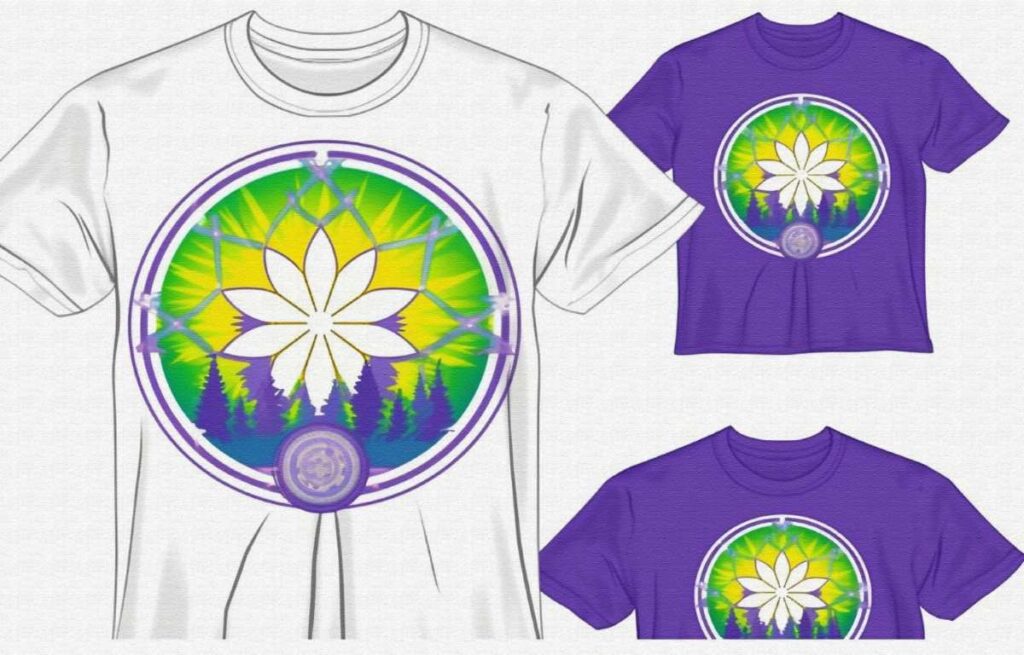DTF supplies are your gateway to diving into the transformative world of DTF printing, which combines efficiency with vibrancy in custom apparel creation. This innovative method allows individuals and businesses alike to produce stunning prints that stand out, making a mark in the textile printing industry. Essential components like DTF film, a specialized DTF printer, and adhesive powder are integral to achieving high-quality results. Coupled with a reliable heat press machine, these supplies empower you to transfer intricate designs onto a variety of fabrics seamlessly. As we explore this guide, you’ll discover everything you need to successfully embark on your DTF printing journey.
When talking about direct-to-film printing, one can’t overlook the importance of quality materials in setting up a successful printing operation. Supplies for DTF applications are crucial, including film for your designs and specialized printers that enhance your creative options. The inclusion of hot-melt adhesive powder and a heat transfer press adds functionality to the process, ensuring durability and vibrancy. Whether you’re interested in customizing shirts or expanding your business offerings, understanding the necessary tools will elevate your skills in this modern printing technique. Join us as we delve deeper into the essentials for mastering this contemporary art form.
Understanding DTF Supplies: The Basics
DTF (Direct-to-Film) printing relies on several essential supplies to produce stunning, high-quality prints. Understanding these supplies is crucial for anyone interested in entering the field of custom apparel printing. The supplies include DTF printers and specialized films that work in tandem to create designs that adhere beautifully to a range of fabrics. A well-chosen DTF printer will ensure consistent ink application, while good quality DTF film ensures efficient transfer of vivid colors to textiles.
Apart from printers and films, other components like DTF inks, adhesive powder, and heat press machines play pivotal roles in the printing process. High-quality DTF inks guarantee that your prints are rich, vibrant, and resistant to fading. Meanwhile, the adhesive powder is vital for ensuring that the design bonds securely to the fabric when heat pressed. By properly understanding and acquiring these essential supplies, anyone can master the DTF printing process.
Choosing the Right DTF Printer
Selecting the right DTF printer is fundamental to achieving high-quality prints. Various brands, including Epson, Roland, and Mimaki, offer a range of models specifically tailored for DTF printing. The key to choosing a suitable printer lies in evaluating your production needs, such as the volume of prints you plan to produce and the fabric types you wish to print on. Consideration of print speed and quality is also crucial as these factors significantly affect productivity and results.
Moreover, compatibility with DTF inks is a crucial factor when choosing your printer. Ensure that your selected printer can effectively work with the inks you intend to use, as this can greatly influence color vibrancy and print durability. Brands often provide specialized support and resources for their DTF printers, which can be advantageous for beginners. Making an informed choice here can be the difference between frustrating, low-quality prints and vibrant, professional-grade results.
The Importance of DTF Film in the Printing Process
DTF film is a critical component in the Direct-to-Film printing process, acting as the medium onto which designs are printed before being transferred onto the fabric. The film’s special coating allows for optimal ink adhesion and results in a vibrant and durable print. Sourcing high-quality DTF film is vital; opting for films explicitly labeled for DTF printing ensures that you avoid unforeseen complications when transferring your designs onto fabrics.
Different forms of DTF film are available, including sheets and rolls, catering to various printing needs. Understanding the specific requirements of your printing projects will help you choose the right film type. Using unsuitable film can lead to poor adhesion, washing issues, and ultimately, unsatisfactory results. Therefore, investing in quality DTF film is paramount for anyone serious about producing exceptional printed textiles.
Utilizing Adhesive Powder for Optimal Print Durability
Adhesive powder plays a key role in the DTF printing process, as it helps bond the printed design to the fabric. This powder, often referred to as hot-melt adhesive powder, is applied to the printed DTF film while the ink is still wet. Once activated by heat from the heat press, the powder creates a strong bond between the design and the material, ensuring that the print withstands wear and tear over time. Not all adhesive powders are created equal, so selecting a high-quality option is essential.
The application process of adhesive powder can be simple yet requires attention to detail. Even distribution over the printed ink is necessary to achieve a uniform bond. Additionally, ensure that the curing process is executed properly to activate the adhesive. Skipping this step or using inferior adhesive powder can result in peeling designs or decreased durability. Therefore, focusing on this supply is a must for those wanting lasting printed apparel.
Heat Press Machines: Your DTF Partner
When engaging in DTF printing, the heat press machine is your best ally. This equipment is essential for transferring the design from the DTF film to the fabric, making it a crucial part of your setup. A versatile heat press allows for adjustable temperatures and pressure settings, accommodating the different requirements of various fabric types. Therefore, investing in a high-quality heat press, such as those from Geo Knight or Hotronix, is often recommended.
Understanding how to properly operate your heat press is equally important. Setting the right temperature—typically between 320°F to 350°F—along with the appropriate pressing time (usually 15-20 seconds) will determine the quality of the print transfer. Even pressure is also crucial; uneven pressure can result in incomplete adhesion or bubbling, compromising print quality. By investing time in learning the nuances of your heat press, you can significantly improve your DTF printing outcomes.
Tips for Mastering DTF Printing Techniques
Mastering DTF printing involves more than just the right supplies; it also requires continual learning and experimentation. One crucial tip is to always test various settings for pressure and temperature, as different fabrics and adhesive types may require unique approaches. Taking the time to run test prints can help you find the optimal settings for your specific projects, ultimately leading to better print quality and durability.
Furthermore, prioritizing quality over quantity can greatly impact your results. Utilizing top-notch DTF supplies, including inks, films, and powders, will pay off in the long run. Skimping on components may save money initially, but can lead to poor print outcomes and increased frustration. Engaging with online communities, resources, and tutorials dedicated to DTF printing can also provide valuable insights and keep you updated with the best practices and techniques.
Frequently Asked Questions
What equipment do I need for DTF printing?
To start DTF printing, you will need several key supplies including a DTF printer, DTF film, DTF inks, adhesive powder, and a heat press machine. These essential DTF supplies work together to ensure you achieve vibrant and durable prints on fabric.
How does DTF printing differ from other printing methods?
DTF printing differs from methods like screen printing in that it allows for full-color, detailed designs to be printed directly onto transfer film and then applied to fabric. This process is less labor-intensive, making DTF printing ideal for both small jobs and large-scale productions.
What is DTF film and why is it important?
DTF film is a specially coated transfer film used in the DTF printing process. It’s essential because it enables optimal ink adhesion, which is crucial for producing high-quality, durable prints. Choosing the right DTF film can significantly impact your printing results.
Can I use any type of adhesive powder for DTF printing?
No, it’s important to use adhesive powder that is specifically designed for DTF printing. High-quality hot-melt adhesive powder ensures the ink and fabric bond properly during the heat transfer process, resulting in long-lasting and vibrant designs.
What temperature should I set my heat press for DTF transfers?
For most DTF transfers, it’s recommended to set your heat press machine between 320°F to 350°F (160°C to 180°C). The exact temperature may vary based on the type of fabric and adhesive used, so it’s advisable to conduct test transfers to find the ideal setting.
What software do I need for designing graphics for DTF printing?
You will need graphic design software that can handle vector images to create your designs for DTF printing. Popular options include Adobe Photoshop and Illustrator, which allow you to create intricate designs that can be printed with high accuracy on DTF film.
| Essential DTF Supplies | Description | Notes | |
|---|---|---|---|
| DTF Printer | Specialized machine for printing on DTF film and producing high-quality prints. | ||
| DTF Film | Specially coated film that provides optimal adhesion for inks. | ||
| DTF Inks | Inks formulated for DTF systems ensuring vibrant colors and durability. | ||
| Adhesive Powder | Hot-melt powder for bonding the design to the fabric during pressing. | ||
| Heat Press Machine | Essential for transferring designs from film to fabric with adjustable settings. | ||
| Heat-Resistant Transfer Tape | Optional tape that helps keep the film in place during the pressing. | ||
| Design Software | Graphic software for creating and preparing your designs for printing. | ||
Summary
DTF supplies are essential tools that empower creators in the world of custom garment printing. With technologies like DTF printing, anyone can produce high-quality, vibrant designs on various fabrics, from t-shirts to hoodies, with minimal setup compared to traditional printing methods. This streamlined process enhances accessibility for hobbyists and professionals alike, as it eliminates the complexities generally associated with custom apparel production. Understanding and acquiring the right DTF supplies is a vital step to ensure success. By selecting top-quality printers, films, inks, and other components, users not only ensure beautiful results but also achieve prints that are durable and long-lasting. As you embark on your DTF printing journey, keep the tips and essential supplies in mind, allowing you to refine your skills and fully leverage the power of this innovative printing technique.



